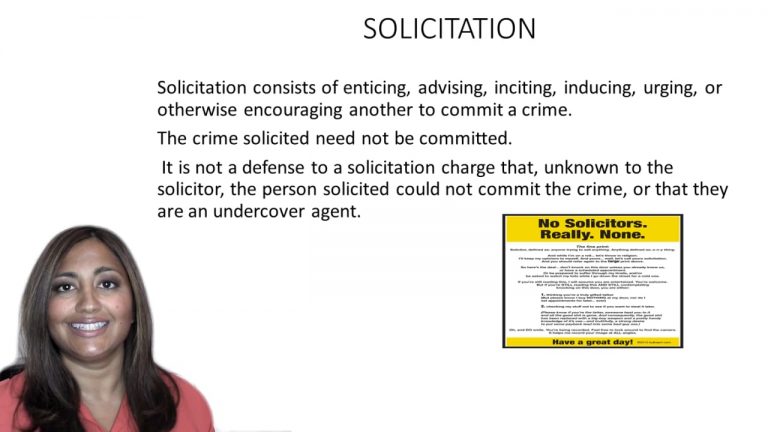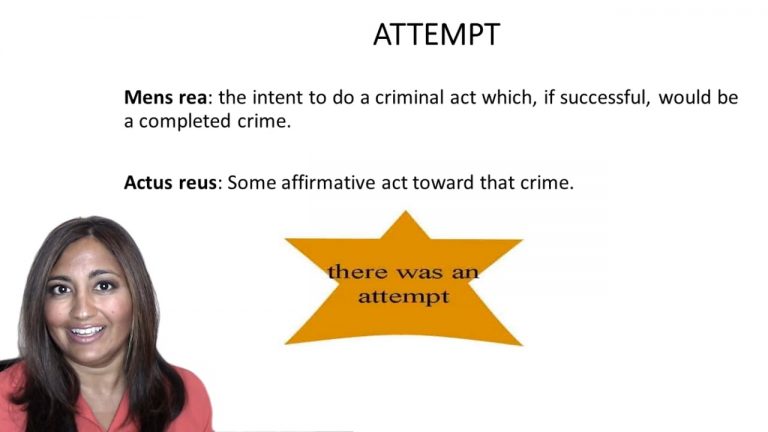SmartBrief
Confirm favorite deletion?
Criminal Law Keyed to Gershowitz
State v. Disanto
Citation:
2004 SD 112, 688 N.W.2d 201.Facts
The defendant and Linda Olsen lived together for two years and were engaged for a short time. Their relationship ended and Linda entered into a relationship with Denny Egemo. The defendant began making threatening telephone calls to Olson and Egemo. He told a woman that he planned “to shoot his ex-girlfriend, to kill her, to shoot her new lover in the balls so that he would have to live with the guilt, and then he was going to kill himself.” The woman contacted a hotel security officer who in turn called the police, and the defendant was arrested and a loaded .25 caliber pistol was taken from him.
While in jail, defendant met Stephen Rynders. He told Rynders of his intention to murder Olson and her boyfriend. Rynders gave this information to law enforcement and an investigation began. Upon defendant’s release, Rynders, acting under law enforcement direction, picked defendant up and offered him a ride. At the suggestion of the investigators, Rynders told defendant that he should hire a contract killer who Rynders knew in Denver.
On the afternoon of June 11, 2002, Rynders and Dale McCabe, a law enforcement officer posing as a killer for hire from Denver, met twice with defendant. Defendant showed McCabe several photos of Olson, pointed out her vehicle, led him to the location of her home, and even pointed Olson out to him as she was leaving her home.
The defendant told McCabe, “I want her and him dead.” If Olson’s teenage daughter happened to be present, then defendant wanted her killed too. He suggested that the murders should appear to have happened during a robbery. Because defendant had no money to pay for the murders, he suggested that jewelry and other valuables in the home might be used as partial compensation. He told McCabe that the boyfriend, Egemo, was known to have a lot of cash. Defendant also agreed to pay for the killings with some methamphetamine he would later obtain. The defendant told him that he was sure that he wanted this.
Less than three hours later, however, defendant, seeking to have a message given to McCabe, called Rynders telling him falsely that Olson had spotted McCabe’s car with its Colorado plates, that Olson had “called the cops,” that defendant was under intense supervision, and that now the police were alerted because of defendant’s threat against Olson on the street. All of this was untrue. Defendant’s alarm about police involvement was an apparent ruse to explain why he did not want to go through with the killing.
The next day, the defendant was arrested. A jury convicted him of three counts of attempted murder. He appealed, arguing that he abandoned his attempt.
Only StudyBuddy Pro offers the complete Case Brief Anatomy*
Access the most important case brief elements for optimal case understanding.
*Case Brief Anatomy includes: Brief Prologue, Complete Case Brief, Brief Epilogue
- The Brief Prologue provides necessary case brief introductory information and includes:
Topic:
Identifies the topic of law and where this case fits within your course outline.Parties:
Identifies the cast of characters involved in the case.Procedural Posture & History:
Shares the case history with how lower courts have ruled on the matter.Case Key Terms, Acts, Doctrines, etc.:
A case specific Legal Term Dictionary.Case Doctrines, Acts, Statutes, Amendments and Treatises:
Identifies and Defines Legal Authority used in this case.
- The Case Brief is the complete case summarized and authored in the traditional Law School I.R.A.C. format. The Pro case brief includes:
Brief Facts:
A Synopsis of the Facts of the case.Rule of Law:
Identifies the Legal Principle the Court used in deciding the case.Facts:
What are the factual circumstances that gave rise to the civil or criminal case? What is the relationship of the Parties that are involved in the case.Issue(s):
Lists the Questions of Law that are raised by the Facts of the case.Holding:
Shares the Court's answer to the legal questions raised in the issue.Concurring / Dissenting Opinions:
Includes valuable concurring or dissenting opinions and their key points.Reasoning and Analysis:
Identifies the chain of argument(s) which led the judges to rule as they did.
- The Brief Prologue closes the case brief with important forward-looking discussion and includes:
Policy:
Identifies the Policy if any that has been established by the case.Court Direction:
Shares where the Court went from here for this case.
Topic Resources
Topic Videos
 4m 13s
4m 13s 14m 44s
14m 44sTopic Outline
Topic Refresher Course
